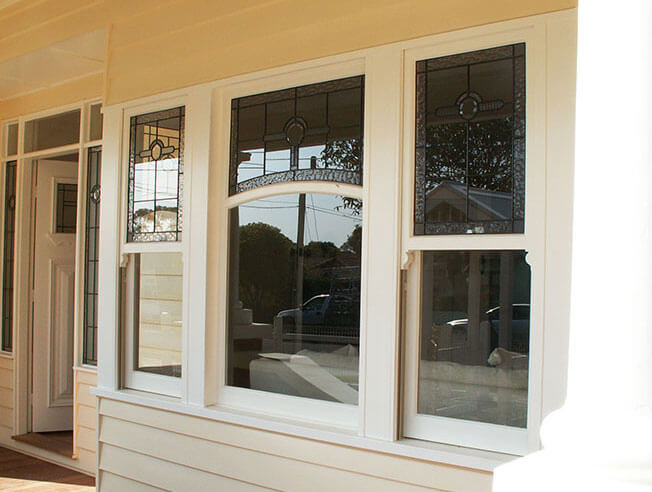All Categories
Featured
Table of Contents
Techniques For Double Glazing Windows in Darch Western Australia
Laminated glass is typically utilized in locations in the home most vulnerable to injury from human impact such as restrooms, doors, around staircases and in locations near the floor (it fulfills the requirements of 'shatterproof glass' that is mandated for usage in these areas by Australian Basic AS 1288 Glass in structures).
Toughened glass has actually been 'tempered' by being reheated and quickly cooled again. This process makes it much stronger than standard glass it can resist higher effect loads prior to breaking. It likewise makes it more secure due to the fact that, when it does shatter, it breaks into numerous small cubic pieces instead of dangerous fragments.
Double Glazing Windows - The Best Installers In The Uk ... in The Vines Western Australia
However, toughened glass has no thermal or acoustic advantages over other glass of the same toning or density. Secondary glazing is where single-glazed windows are retrofitted with a transparent acrylic or glass sheet connected to the within the frame or openable sash with a secondary frame or with magnetic strips.


Secondary glazing will not perform also thermally as a manufactured IGU, because it is impossible to completely seal the border, however it can provide excellent sound control. Window films are a thin polymer movie consisting of a soaking up dye or reflective metal layer, with an adhesive backing. They adhere to your glazing to alter its colour or make it reflective.
What Are The Best Double Glazed Windows In Australia? in Mount Pleasant Western Australia
Applied to existing glass, some window films can halve the overall SHGC of the window by soaking up and/or showing solar radiation. This can be particularly beneficial in hotter environments where cooling is the main concern, or on east and west elevations straight exposed to extended periods of sunshine. Nevertheless, window films might also lower visible light transmittance.

For this reason, it is typically best to utilize a recognized installer of window movie. Frames have a substantial influence on the thermal efficiency of windows and doors, because energy can be gained and lost through the frame, as well as through the glass. Different types of frame will allow various levels of heat gain and loss, so cautious option of frame is very important for efficient passive design.
Glazing in Nedlands WA
Nevertheless, aluminium is also a great conductor of heat and will decrease the insulating value of a glazing system, unless specifically crafted to decrease this. A 'thermally broken' frame is made up of 2 aluminium sections linked by a structural insulator (usually a low-conductivity structural polymer). This 'breaks' the thermal connection through the aluminium and minimizes the heat streaming through the frame.
They can be expensive, however costs are reducing as they become more common. Timber frames are a good natural insulator that can suit some house designs. Wood frames need to be made from types that have naturally high toughness or be treated to avoid decay and deformation. Check that the timber is sourced from a sustainably managed forest.
Techniques For Double Glazing Windows in Shoalwater WA
(weather removing) is installed.
u, PVC windows and doors have exceptional thermal efficiency Picture: Ben Wrigley (Light House Architecture and Science) Composite frames use aluminium profiles on the external areas with either a timber or u, PVC inner section. These integrate the low upkeep and toughness of aluminium with much enhanced thermal performance.
Table of Contents
Latest Posts
How Much Money Does Double New Glazing Save? in Piesse Brook Western Australia
Does Double Glazing Reduce Heat In Summer Uk? in Hocking Western Australia
Summer House Windows Online - Windows24.com in WA
More
Latest Posts
How Much Money Does Double New Glazing Save? in Piesse Brook Western Australia
Does Double Glazing Reduce Heat In Summer Uk? in Hocking Western Australia
Summer House Windows Online - Windows24.com in WA